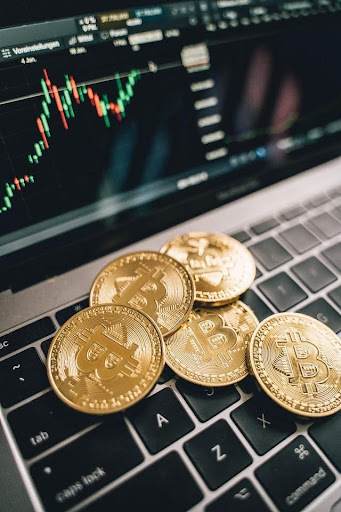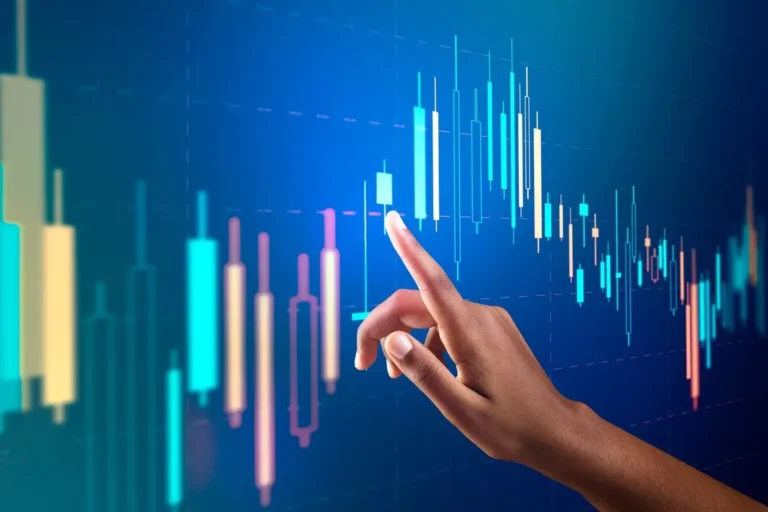If you’ve ever thought about making money from financial markets but felt overwhelmed by complicated terms and strategies, you’re not alone. Many beginners are curious about trading but hesitate because they don’t fully understand how it works. The idea of buying and selling assets, predicting prices, and managing risks can sound confusing at first. But, it doesn’t have to be that way.
CFD trading, in particular, is something that often catches people’s attention because it allows you to profit from market movements without actually owning the assets. If you’ve found yourself wondering about this, it’s worth taking a closer look at how CFDs operate and what makes them appealing to both new and experienced traders.
What Is CFD Trading
Before you dive into the world of trading, it’s important to understand what is CFD trading and how it works. CFD stands for “Contract for Difference.” In simple terms, a CFD is a financial agreement between two parties — a buyer and a seller — to exchange the difference in the value of an asset between the time the contract is opened and when it’s closed.
Here’s how it works in everyday terms. Instead of buying a company’s shares, a currency, or a commodity, you speculate on whether its price will go up or down. If you think the price will rise, you open a “buy” position. If you think it will fall, you open a “sell” position. If your prediction is correct, you make a profit based on the price difference. If not, you incur a loss. This flexibility is what draws many people to CFDs — you can trade in both rising and falling markets.
However, it’s essential to remember that while CFD trading offers opportunities, it also involves risk. Because CFDs often use leverage, meaning you can control a larger position with a smaller amount of money, both profits and losses can be magnified.
How CFD Trading Works in Practice
Once you open a trading account, you’ll have access to various financial markets such as stocks, indices, forex, and commodities. You don’t own the underlying asset; instead, you’re entering a contract that mirrors its price movement. For example, if you decide to trade oil and believe its price will increase, you can buy a CFD on oil. If your prediction turns out right and the price rises, you can close the contract and earn the difference as profit.
It’s also worth noting that CFDs are usually traded with leverage. This means that you only need to deposit a small fraction of the total trade value to open a position. For instance, if you want to trade $1,000 worth of an asset, you might only need to deposit $100.
Learning to Manage Risk in CFD Trading
Understanding risk management is one of the most important parts of becoming a successful CFD trader. Many new traders make the mistake of focusing only on potential profits and forget about possible losses. The key is to use tools like stop-loss orders, which automatically close your trade if the market reaches a certain unfavorable price. This helps limit how much you can lose on any single trade.
Another smart step is to trade only with money you can afford to lose. CFD trading should never interfere with your essential expenses or savings. As with any type of investment, patience, discipline, and learning from small experiences can help you develop the confidence to trade more effectively over time.
CFD trading may sound complex at first, but once you understand how it works, it becomes much more approachable.
Thank you for reading! If you found this article helpful, please share it within your community or groups, leave a comment with your feedback and don’t forget to visit Abmantra for more informative blogs on CFD trading and beyond.
Disclaimer: The content in this article is for informational purposes only and reflects general market knowledge about CFD trading. It should not be considered as investment, financial or trading advice. CFD trading carries high risks and may not be suitable for all investors. Please consult a certified financial advisor before participating in any trading activity.

This article has been written by the AB Mantra Team, a group of passionate writers and researchers covering topics across fashion, travel, finance, health, education, technology, lifestyle and business. Our goal is to share accurate, easy-to-understand, and helpful information that adds real value to readers. Each piece is carefully reviewed to maintain clarity, reliability and trust.




